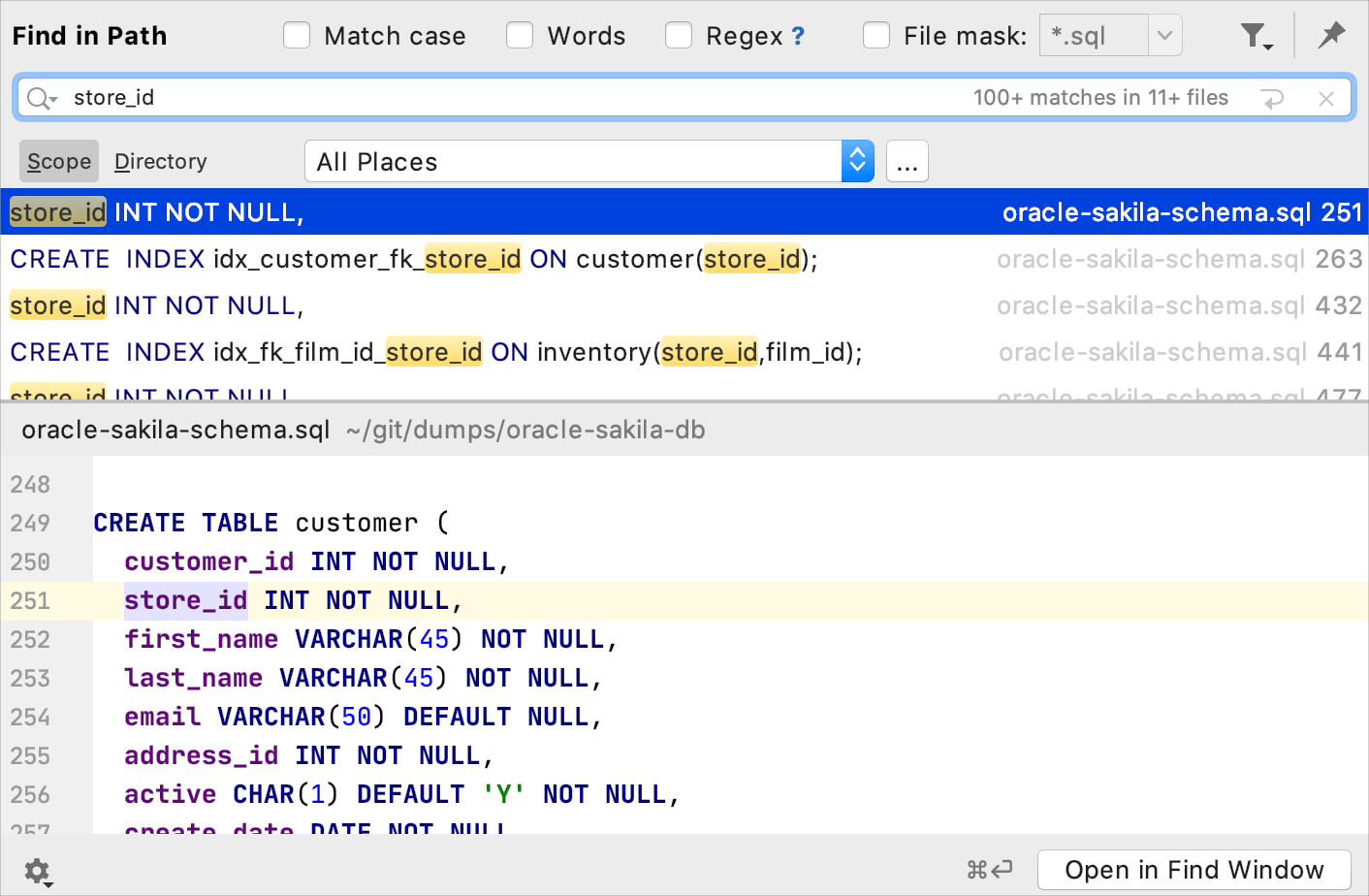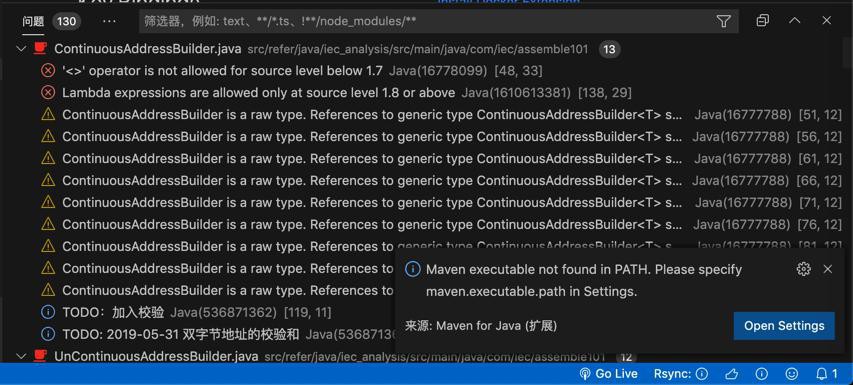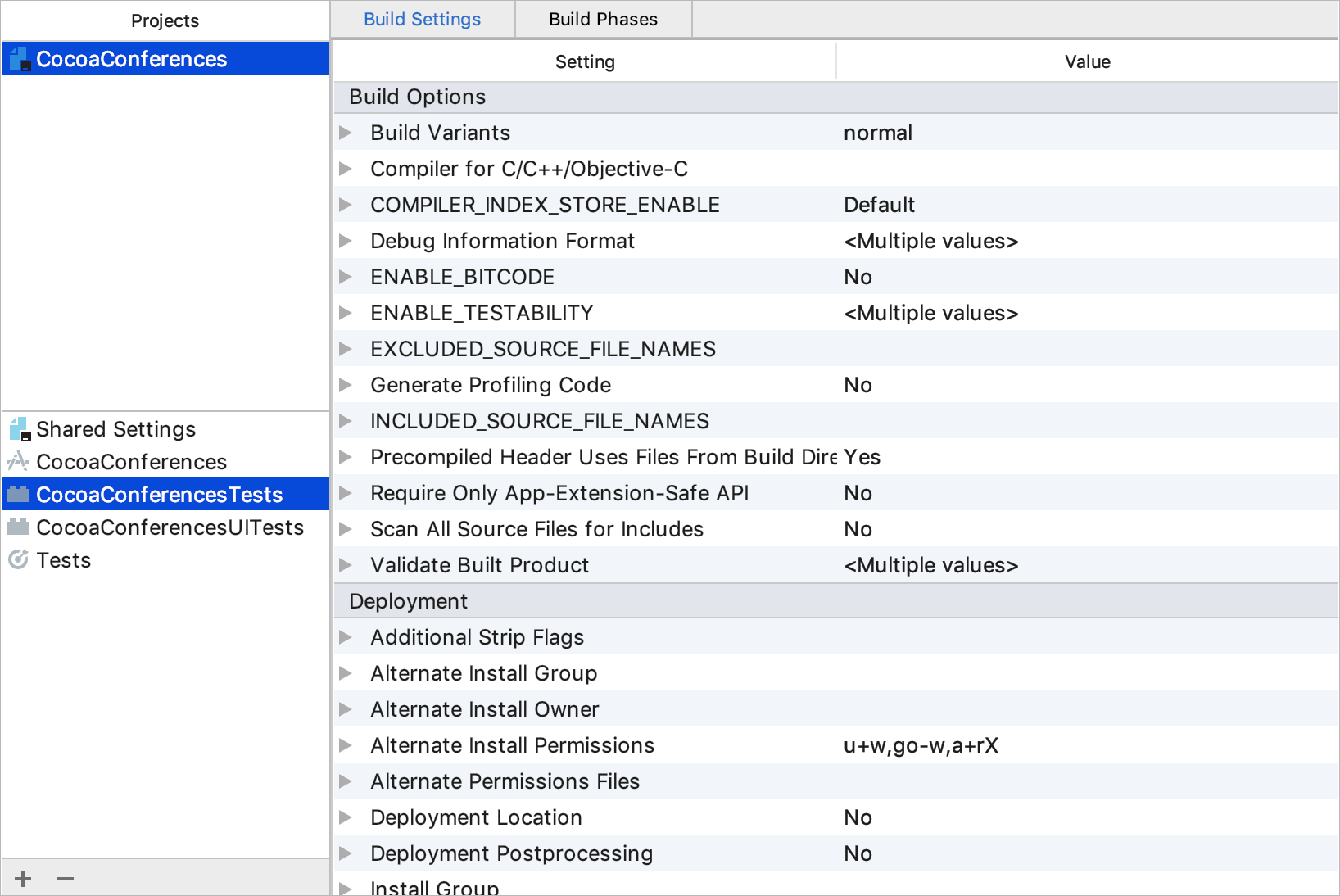

Check the Bin folder, it will contain TestLib.dll and TestLib.pdb files.Īssemblies in the Bin folder do not need to registered on the system, ASP.NET recognizes the presence of DLLs inside the Bin Folder. Now, right click on solution file → Add References → Project, select the TestLib Project, click on OK. After building the library, we will get TestLib.dll. Suppose we are creating a class library called TestLib. Use of Bin folder comes into the picture if we use any class library within our web application. We can access those as a reference from anywhere of our web application. The Bin folder is used for keeping assemblies inside it. Now I will move to our next part -the Bin folder. Store class files separately in those folders and an configure the folder hierarchy in the web.config file. We have to create separate folders for C# and for VB or other classes. We have a solution to overcome this problem. This is because all the classes contained in the App_Code folder are built into a single assembly and it can't have different languages at root level, or even at child level folders in following manner:

vb classes in the same folder, it will give following compilation error: vb, then what will happen? If we kept both. If we want to store different classes like. You will see that M圜SharpClass is accessiblethroughout the application. Now, Try to access this class, from any where in your application.
#Appcode dismiss find in path code#
In that class I have written a small spice of code for adding two numbers. Into the App_Code folder, I have added a class M圜SharpClass.cs. Let's have a look at one example that shows how it works. Now we can add new items like classes, text and xml files into the App_Code folder and we can also add existing files there. So, ASP.NET allows you to add an App_Code folder only once. the App_Code folder is no longer available there. Note: Try to add one more App_Code folder by using the same steps. The App_Code folder is now added to your application.

We can add an App_Code folder, by Solution File → right click → Add ASP.NET Folder → App_Code. xsd (XML schema) files, and creates XML web service proxy classes from WSDL.Let's have a look at how we can use the App_Code folder. It automatically creates type data sets from. All the items that are stored in App_Code are automatically accessible throughout the application.

App_Code FolderĪs its name suggests, the App_Code Folder stores classes, typed data sets, etc. Now, to look at the use of these folders, I am going to start from App_Code.


 0 kommentar(er)
0 kommentar(er)
